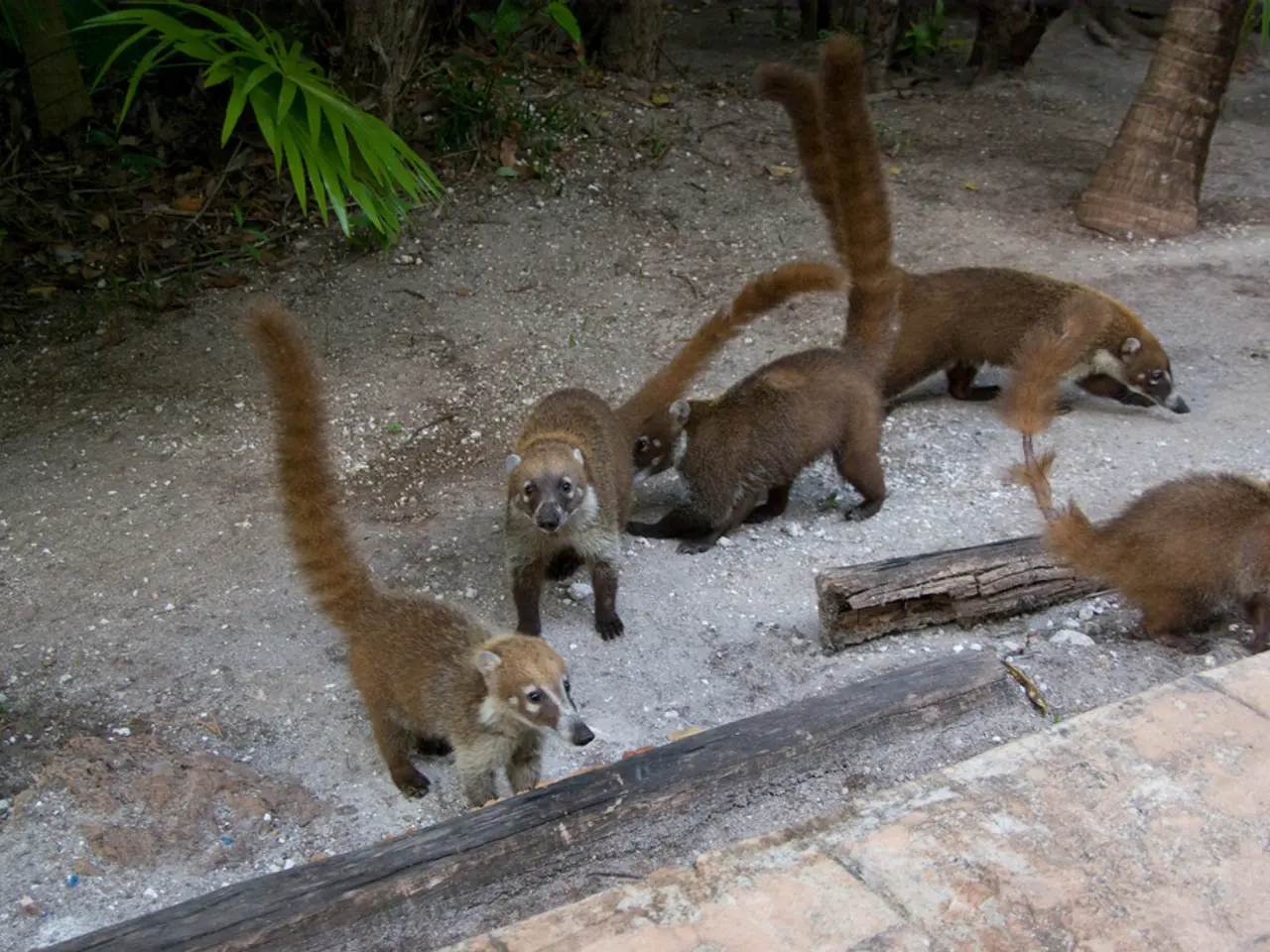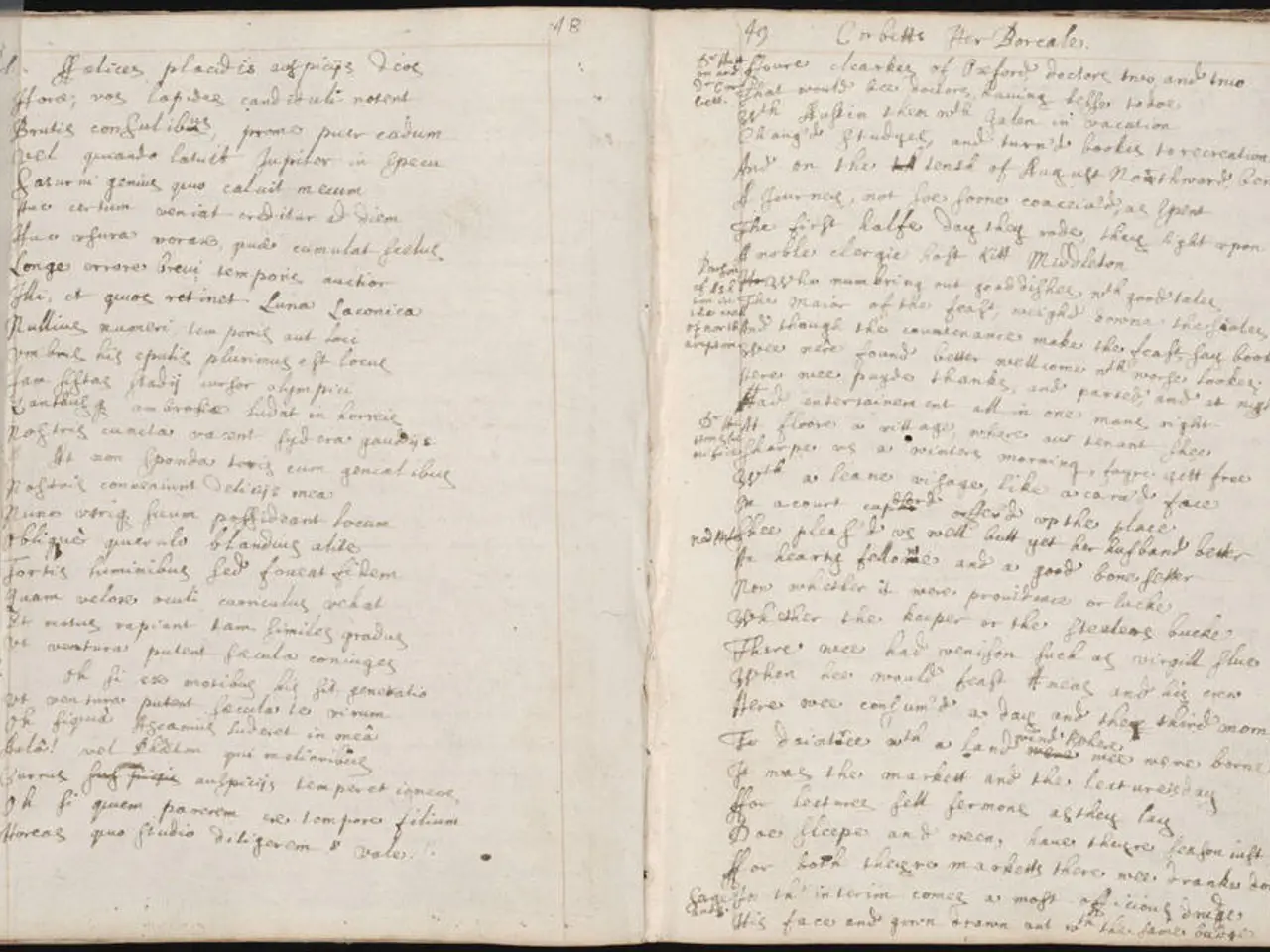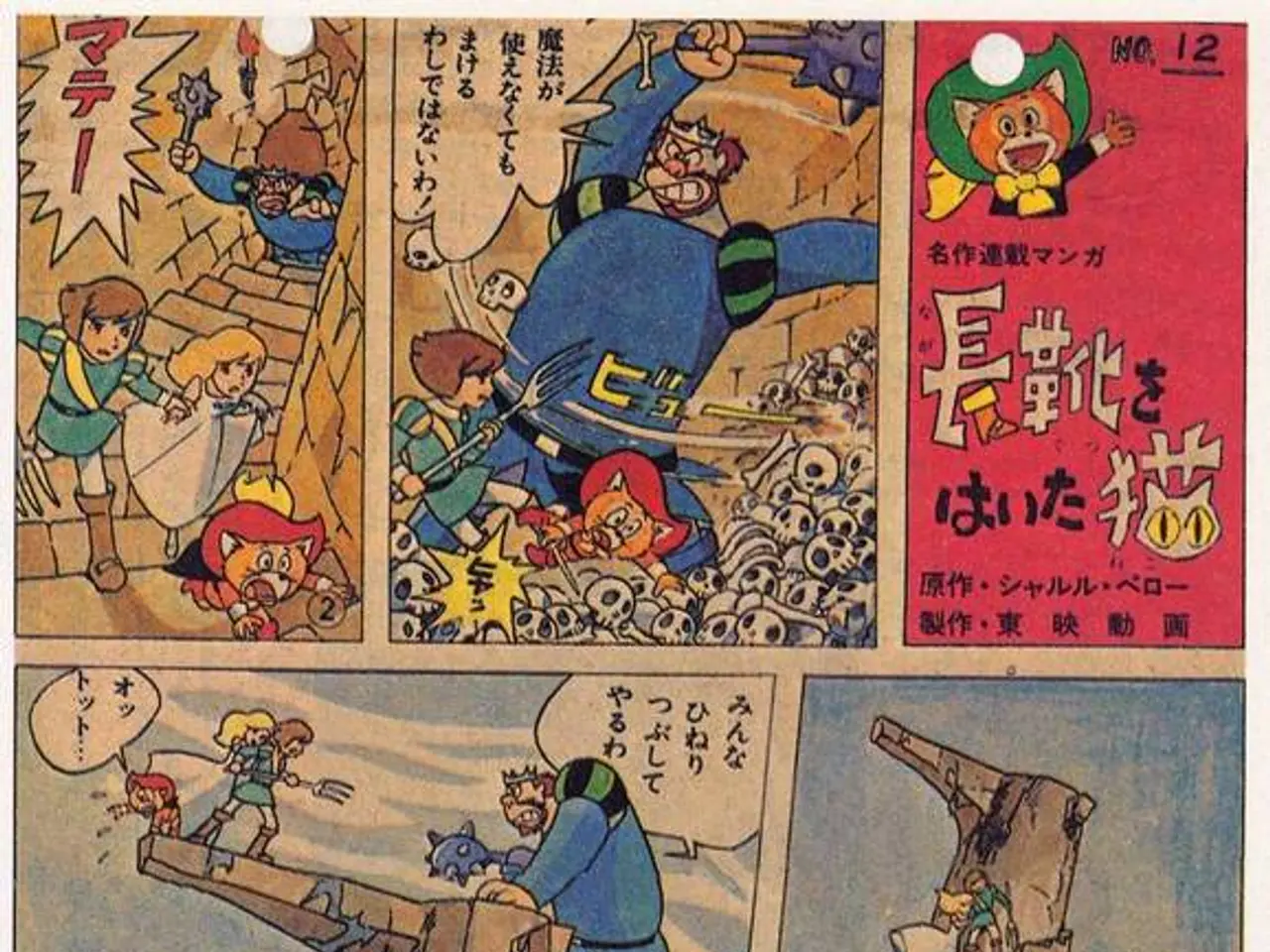Metropolis Relying on Beaver Activity for Infrastructure Development
In the heart of New York City, a remarkable comeback story is unfolding. The once-extinct beaver population has made a triumphant return, thanks to the combined efforts of community clean-up groups, the Bronx River Alliance, and the long-standing commitment of Congressman Jose E. Serrano.
The history of beavers in New York City is deeply intertwined with the city's early development and colonization, primarily due to the fur trade. As early as 1609, Henry Hudson, sailing for the Dutch East India Company, noticed a thriving beaver population in the area now known as New York Harbor. The demand for beaver pelts in Europe led to significant interest in the region from the Dutch, eventually resulting in the establishment of the Dutch colony, New Amsterdam (later New York City).
The beaver fur trade was the driving economic force behind the colony's establishment, positioning New Amsterdam as an important trading hub on North America's coast. The Dutch West India Company, chartered in 1621, held a monopoly on trade in the area, focusing especially on beaver pelts. The beaver became a symbol of the city’s colonial heritage, appearing prominently on the official city seal, representing the Dutch East India Company and the foundational fur industry crucial to early New York's economy and settlement.
The fur trade influenced the city’s economic patterns, encouraging further settlement, exploration, and expansion into surrounding areas, especially Upstate New York, where the trade later shifted. The fur trade economy overlapped with other early industries in New York, including farming and shipping, contributing broadly to the area's growth during the 17th and 18th centuries.
John Jacob Astor, a German businessman, established a monopoly in the fur trade and became the first multimillionaire in American history. Astor later invested in New York City real estate and played a significant role in the city's development.
However, by the mid-1800s, beavers had become extinct in New York City due to over-hunting and habitat destruction. Fast forward to 2007, a male beaver named José was discovered in the Bronx River, marking the return of beavers to New York City. Justin, a second beaver, was discovered in October 2010, confirming that beavers were indeed returning to the city.
The sightings of José and Justin are testaments to the power of ecological recovery, even in the most unexpected of places. The Bronx River, once a neglected and polluted waterway, has been transformed into a viable habitat for new wildlife, thanks to the efforts of groups like the Bronx River Alliance.
Congressman Serrano, who served from 1990 to 2021, was the longest-serving Latino representative in the House of Representatives. He was known for his progressive views and accomplishments in supporting underserved communities, especially those in his region of the Bronx. Serrano secured over $30 million in funding over his career for the improvement of the Bronx River, which led to the river coming back to life and wildlife like beavers thriving near it again.
The return of the beavers to New York City is not just a symbolic event, but a practical one as well. Beavers can play an important role in our ecosystem by building dams that serve as barriers against flooding, provide shelter for other endangered species, and aid in the fight against climate change by absorbing carbon.
The city's original name, Albany, means "district of the beavers," a nod to the city's historical connection with these fascinating creatures. As we continue to witness the resurgence of beavers in New York City, it serves as a reminder of the city's rich past and the potential for a sustainable future.
- The resurgence of beavers in New York City's Bronx River is a significant historical development that echoes the city's early connection with beavers, as highlighted by its original name, Albany, meaning "district of the beavers."
- The return of the beavers is a triumphant story, spotlighting the power of ecological recovery and the efforts of community clean-up groups, such as the Bronx River Alliance, and the long-standing commitment of individuals, like Congressman Jose E. Serrano.
- The Bronx River, previously a neglected and polluted waterway, has transformed into a viable habitat for new wildlife, like beavers, due to the efforts of groups like the Bronx River Alliance and funding secured by Congressman Serrano for its improvement.
- The efforts of Congressman Serrano, who secured over $30 million in funding for the Bronx River's improvement, have contributed significantly to overcoming historical neglect and facilitating the thriving of wildlife, such as the returning beavers.
- As a symbol of New York City's colonial heritage, the beaver has played a crucial role in the city's economic patterns and growth, from the early fur trade to contemporary environmental-science and education-and-self-development initiatives addressing climate change and sustainability.




